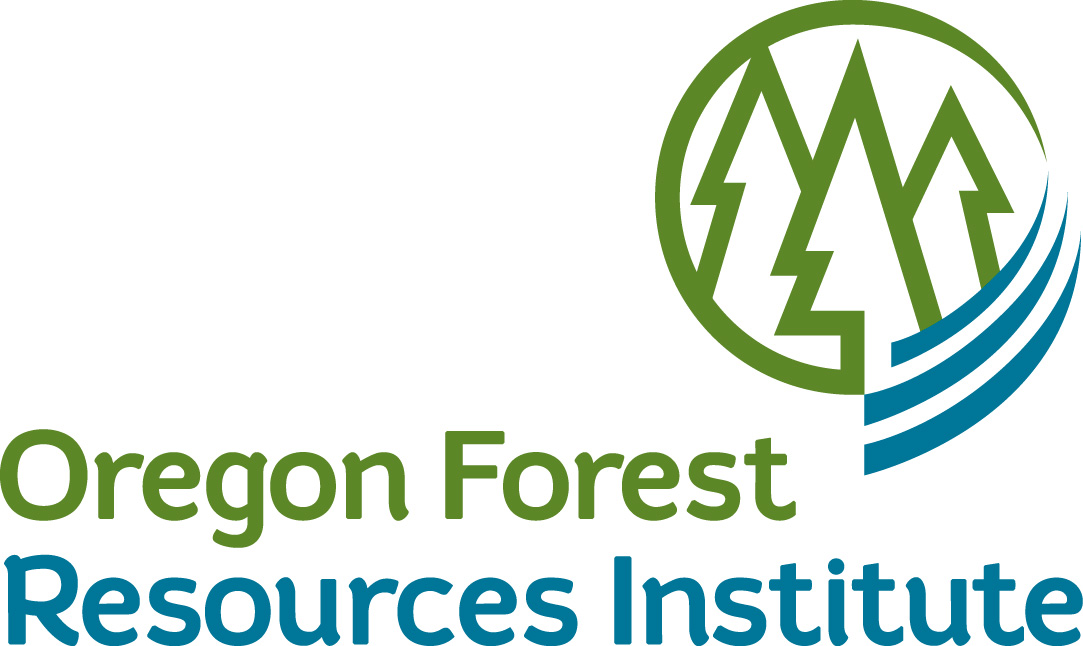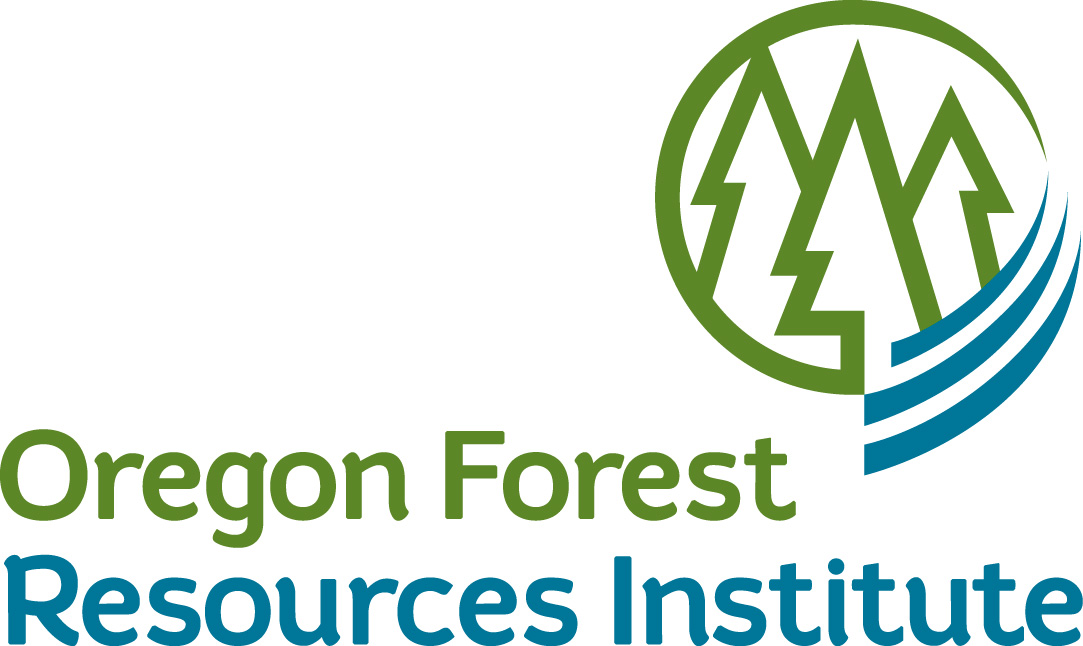SAF Learning
Forest Carbon Markets and Initiatives [Cohort 4]
- Registration Closed

Course information
This short course—curated by Michigan State University, Forest Carbon and Climate Program—develops foundational knowledge on the relationship between forests, climate, and carbon initiatives such as carbon projects and markets. The course consists of four presentations covering the following topics: 1) Introduction to Forest Carbon Initiatives; 2) Designing Initiatives with Feasibility, Risk, and Financial Considerations; 3) Quantification and Data Collection; and 4) Project Monitoring and Accessing Markets. Each presentation focuses on key topics and features unique learning outcomes for participants. Course content includes recorded presentations, links to online resources, and recommended readings.
If you were directed here and are looking for the "Physical Science of Forests, Climate Regulation, and Carbon Storage" course, click here.
What you will learn:
This course begins with an introduction to forest carbon projects, programs, policies, and their goals. Aspects covered include types of forest carbon projects and their requirements, how forest carbon offset credits are calculated and created, and an overview of how offsets are valued, priced, and traded in different carbon markets. Next, elements of forest carbon project planning, financial considerations, benefits and co-benefits are discussed. Concepts central to forest carbon project planning such as establishment of baselines, measurement of additionality, and planning for permanence are introduced and explained. Learners are presented with information on project monitoring, reporting, and verification including techniques for data collection, quantifying carbon, and capturing activity data. Finally, participants review accepted standards designed to ensure the quality of forest carbon offsets and lend credibility to forest carbon projects and carbon markets.
Is this course for you?
Forest Carbon Markets and Initiatives is an introductory-level course appropriate for any natural resource professional seeking a better understanding of the basic principles underlying carbon credits, markets, and projects. However, it is recommended that participants have some foundational knowledge of forest carbon pools and fluxes, natural and human disturbances, and an understanding of how forest carbon is measured and calculated. Learners can receive training on this background knowledge by taking the course Physical Science of Forests, Climate Regulation, and Carbon Storage available on ForestEd. This knowledge may also be gained by participating in professional development courses offered through the Michigan State University, Forest Carbon and Climate Program.
This introductory course covers fundamental concepts, the understanding of which can better equip you to engage in conversations with your colleagues, customers, and other diverse audiences who have an interest in forest carbon markets. This course may also serve as a refresher for those with a basic understanding of the relationships between forests, carbon projects, and offset markets. Reinforcing your current knowledge can strengthen your understanding, especially as new resources, tools, and policies continue to emerge in relation to offset projects, carbon crediting, measurements, and forest carbon markets.
Open registration
Registration is open from March 1, 2024 at 10:00 am ET to April 8, 2024 at 11:55 pm ET.
For group registrations or registering someone other than yourself please contact membership@safnet.org or 202-938-3910.
Pricing
Member: $175
Non-member: $220
Join SAF TODAY to take advantage of the growing member benefits, including course savings.
Course start date
Course content will be available starting April 2, 2024 at 10:00am ET.
Course access
Course is accessible through May 28, 2024 at 11:55pm ET.
Course pace
This course is self-paced with an expected completion time frame of up to 6 weeks, but 2 bonus weeks are available to support your success of completing on time. This course must be completed in sequence and each presentation must be viewed in entirety to progress to the next section. Once a section is complete, you can return to the previous section. ForestEd will send you reminders along the way to help you stay on track.
Learning Objectives
Upon successful completion of this short course, you will be able to:
1. Apply broad science and policy concepts to project-scale thinking
2. Explain the process ad key components of designing a forest carbon project
3. Articulate how activities create carbon credits or other carbon benefits in forest carbon projects
4. Demonstrate how those benefits are calculated by creating baselines and measuring additionality
5. Identify how to find and utilize guidance for forest carbon project development
6. Describe the role of monitoring, reporting, and verification in forest carbon projects
Rubric
Successful completion of the course is measured by mastering each module's quiz to assess how well you recall and apply your new knowledge. You have unlimited attempts for each quiz to master the content. Passing score for each quiz is 80%.
Course Evaluation
Participant feedback is appreciated to help the course curators and subject matter experts continually improve the course for future participants.
CFEs
Upon successful completion of this course, you will earn 4.5 CFEs in Category 1. CFEs will automatically be added to your CFE record located on www.eforester.org.
Certificate
Upon successful completion of this course and course evaluation, participants may download and print a certificate verifying completion of the course and earning CFEs. CFEs will be uploaded to participant CFE records by the end of the day of course completion (11:59 pm ET). Certificates must be downloaded by May 28, 2024 at 11:55 pm ET.
Get Started or Return to Place in Course
Once you are registered for the course, access this course within your MY DASHBOARD. You can pause at any point during the course and you can return right where you last left off. Simply select the presentation you were last viewing and you will be prompted to select if you wish to start where you left off. For additional tips for success, watch the Course Tutorial Video preceding the Welcome Presentation. Note: this course uses pop-up windows so be sure to enable pop-up windows on your browser.
Course Resources
Additional course resources are available within the Resources tab and within the Contents tab course sections.
Need Help?
For ForestEd questions, visit FAQs, email forestedsupport@safnet.org, or watch the Course Tutorial within the Contents tab. For questions about this course's content email forestc@msu.edu. For technical assistance, you can email forestedsupport@safnet.org.
Refund
This is a non-refundable item. Please view FAQs for additional information.
Key:
Browser Recommendation
Use Chrome, Firefox, Edge, or Safari.
DO NOT USE Internet Explorer.
Quick Search
Customer Support
If you need assistance with registration, accessing a ForestEd product you purchased, or other customer service-related issues, please email ForestEdSupport@safnet.org during normal office hours: Monday - Friday, 9:00 am - 5:00 pm ET.
Sponsors
ForestEd Suggestion Box
Technical Support
For technical support, email ForestEdSupport@safnet.org



